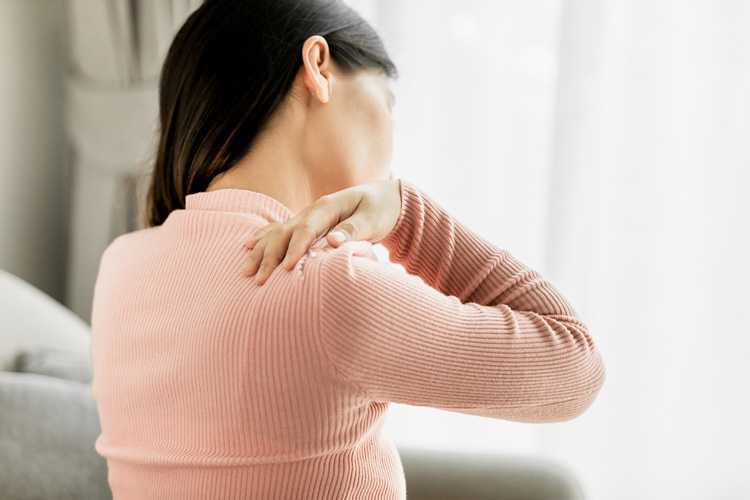
Recognize Pain in the Body
Pain often occurs in the body. Pain is an unpleasant sensation, ranging from mild discomfort to unbearable and excruciating pain. Pain occurs when external or internal triggers stimulate tissue and trigger the onset of pain. However, pain is actually necessary as a warning signal to protect oneself from further damage.
Types of pain:
Some examples of pain cases commonly found in the field of orthopedics:
1. Myalgia/Muscle Pain
Muscle pain or better known as soreness. Causes include overactivity, injury, psychological factors, and certain diseases. Treatment:
2. Lateral Epicondylitis/Lower elbow pain
Pain in the lower elbow, often occurs in people over 35 years old and is most commonly found in people aged 40-50 years. Causes include sports that require repetitive movements, overuse or improper mechanisms on the tendon of the arm muscles that function to perform extension or rotate the arm.
Symptoms include pain in the lower elbow that radiates to the upper arm or to the outer side of the lower arm. Pain often increases with elbow joint movement, lifting light objects such as a cup with a stretched arm can cause pain.
Treatment:
3. Knee Pain
Knee pain is a sensation of pain that occurs in a certain part of the knee. The pain can originate from the knee joint, kneecap, ligaments, or muscles around the knee. The symptoms of pain can be mild, but sometimes it can be extremely painful. Knee pain can be experienced at various ages but it is most commonly experienced by the elderly.
The most common cause of pain in young people is due to sports injuries or trauma. Meanwhile, in the elderly, calcification (osteoarthritis) is the most common cause. Symptoms of knee pain include:
The causes vary, such as:
Risk factors that can increase knee pain are:
Examinations that need to be carried out include:
Treatment includes:
– dr. Kiki Novito, Sp. OT (K)